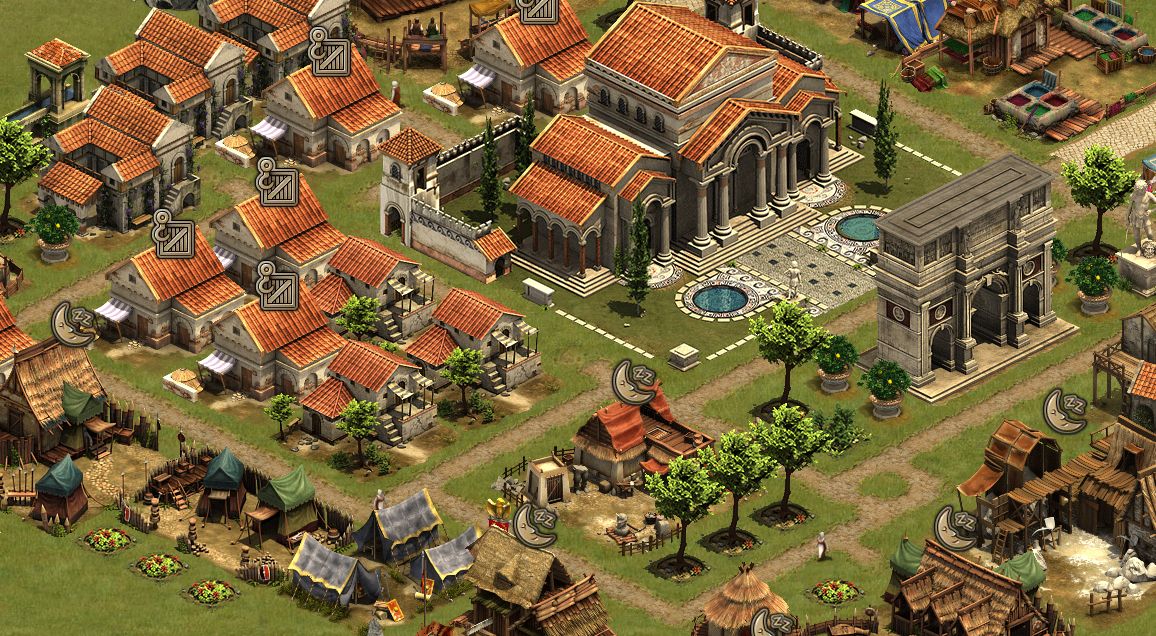
Indigenous peoples were important partners in this growing fur trade economy. It also involved their respective Indigenous allies, the Huron-Wendat and the Haudenosaunee, both of whom were supplied with guns by their European allies. This activity marked the beginning of an intense rivalry between the two commercial empires of the Dutch and the French. In 1614, they established permanent trading posts at Manhattan and upriver at Orange (now Albany, New York). The following year, the Dutch began trading up the Hudson River. They also founded a base at Quebec in 1608. To exploit the trade more effectively, the first French traders established permanent shore bases in Acadia, a post at Tadoussac. Its strands have tiny barbs that make them mat together tightly. The best material for hat felt was the soft underfur When the wide-brimmed felt hat came into fashion later in the 16th century, the demand for beaver pelts increased tremendously. The fishermen found an eager and profitable market in Europe for the furs.


What they had to offer in exchange were furs and fresh meat. During that time, good relations had to be maintained with Indigenous people, who were eager to obtain metal and cloth goods from the Europeans. Early in the 16th century, fishermen from northwest Europe were taking rich catches of cod on the Grand Banks off Newfoundland and in the Gulf of St.

The fur trade began as an adjunct to the fishing industry. Fishing, Furs and Christianity: Early Euro-Indigenous Relations (1608–63)


 0 kommentar(er)
0 kommentar(er)
